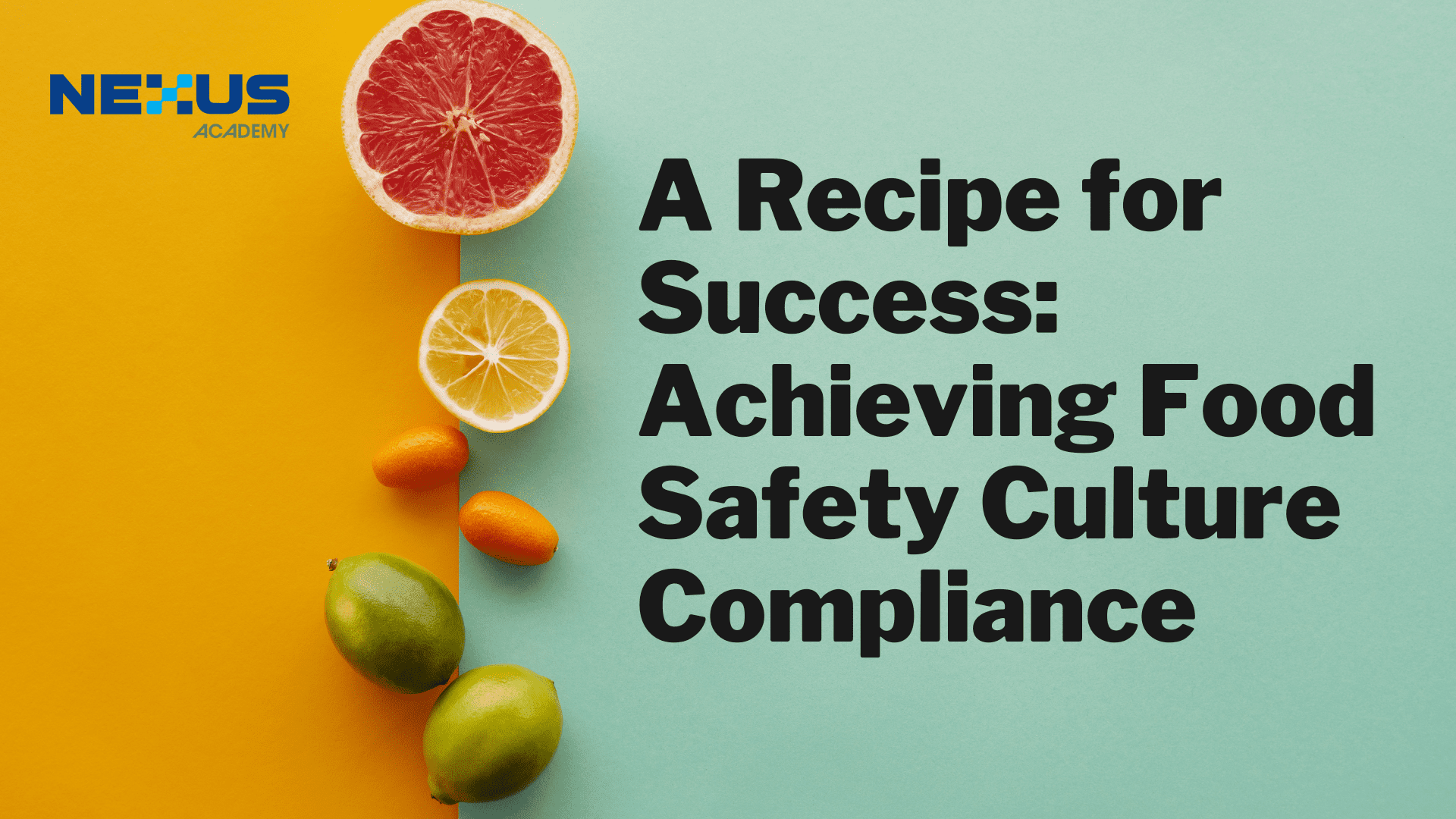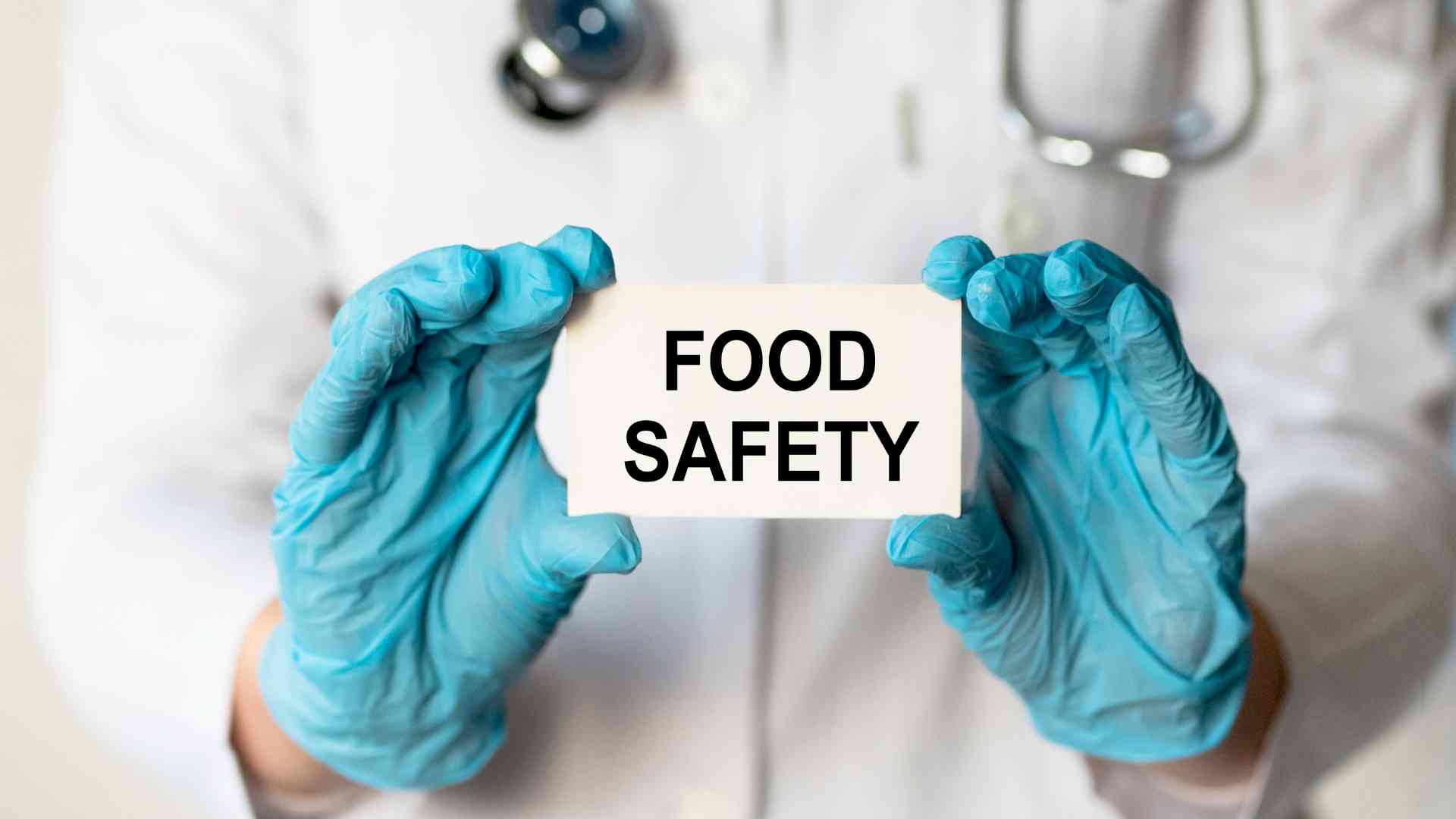
Danielle Tan
Chief Operating Officer
By establishing and maintaining a strong food safety culture, companies can build consumer trust, prevent foodborne illness, and ultimately, protect their brand reputation.

A food safety culture is the set of shared values, beliefs, and practices that an organization follows to ensure that the food it produces or serves is safe for consumption. It involves creating a culture of awareness, commitment, and accountability to maintain the highest standards of food safety. By establishing and maintaining a strong food safety culture, companies can build consumer trust, prevent foodborne illness, and ultimately, protect their brand reputation.
The Standards
| FSSC 22000 version 6.0 | 2.5.8 Food Safety and Quality Culture |
|---|---|
| ISO 22000:2018 | No specific clause, the following ISO 22000:2018 clauses shall be used to implement food safety culture. 4.1, 4.2, 5.1d, 5.2.2a, 5.2.2b, 5.3.1, 5.3.2, 5.3.3, 7.1.2, 7.3c, 7.4.3, 7.5.1b, 6.1.1, 6.2, 6.3, 8.9.1, 9.1.2, 9.3, 9.3.2, 10.2, 10.3 |
| CODEX HACCP 2020 | No Specific clause, the requirement for food safety culture is defined under: – Roles of Competent Authorities, Food Business Operators and Consumers – Management Commitment to Food Safety |
| BRCGS Food Safety Issue 9 | 1.1.2 Food Safety and Quality Culture |
Guidance Provided by the Standard on Food Safety Culture
1. FSSC 22000 & ISO 22000
The new FSSC 22000 version 6.0 has included food safety and quality culture in clause 2.5.8 of the standard. In accordance with and in addition to clause 5.1 of ISO 22000:2018, as part of the organization’s commitment to cultivating a positive food safety and quality culture, senior management shall establish, implement and maintain a food safety and quality culture objective(s) as part of the management system.
Management must demonstrate their dedication to the Food Safety Management System by creating, implementing, maintaining, and continually improving it. The following must be included as part of a culture of food safety:
- Communication
- Training
- Employee feedback and engagement
- Performance measurement of defined activities covering all sections of the organization impacting on food safety and quality.
The objective(s) shall be supported by a documented food safety and quality culture plan, with targets and timelines and included in the management review and continuous improvement processes of the management system.

2. BRCGS Food Safety
The site’s senior management shall define and maintain a clear plan for the development and continuing improvement of a food safety and quality culture. The plan shall include measures needed to achieve a positive culture change.
This shall include:
- Define activities involving all sections of the site have an impact on product safety. As a minimum, these activities shall be designed around:
- Clear and open communication on product safety.
- Training.
- Feedback from employees.
- The behaviors required to maintain and improve product safety processes.
- Performance measurement of activities related to the safety, authenticity, legality and quality of products.
- An action plan indicating how the activities will be undertaken and measured, and the intended timescales.
- A review of the effectiveness of completed activities.
The plan shall be reviewed and updated at least annually, at a minimum.
3. CODEX HACCP 2020
FBOs should apply the hygienic practices and food safety principles set out in this document to build a positive food safety culture by demonstrating their commitment to providing safe and suitable
food and encouraging appropriate food safety practices.
Fundamental to the successful functioning of any food hygiene system is the establishment and maintenance of a positive food safety culture acknowledging the importance of human behavior in providing safe and suitable food. The following elements are important in cultivating a positive food safety culture:
- Commitment of the management and all personnel to the production and handling of safe food.
- Leadership to set the right direction and to engage all personnel in food safety practices.
- Awareness of the importance of food hygiene by all personnel in the food business.
- Open and clear communication among all personnel in the food business, including communication of deviations and expectations.
- The availability of sufficient resources to ensure the effective functioning of the food hygiene system.
The Bottom Line: What Do You Need to Do to Meet the Requirements?
The requirements specify that you need to:
- Create a culture plan
- Define the actions and behaviors that are needed to improve culture.
- Implement the plan
- Review the plan
Training for Food Safety Culture
The Food Safety Culture training makes this tricky subject super simple by teaching you an easy-to-follow process to define your food safety culture plan which enable you to understand the significance of food safety culture in promoting awareness and accountability, and to identify the key elements in building the food safety culture.






